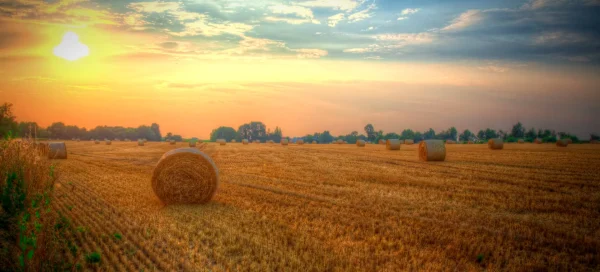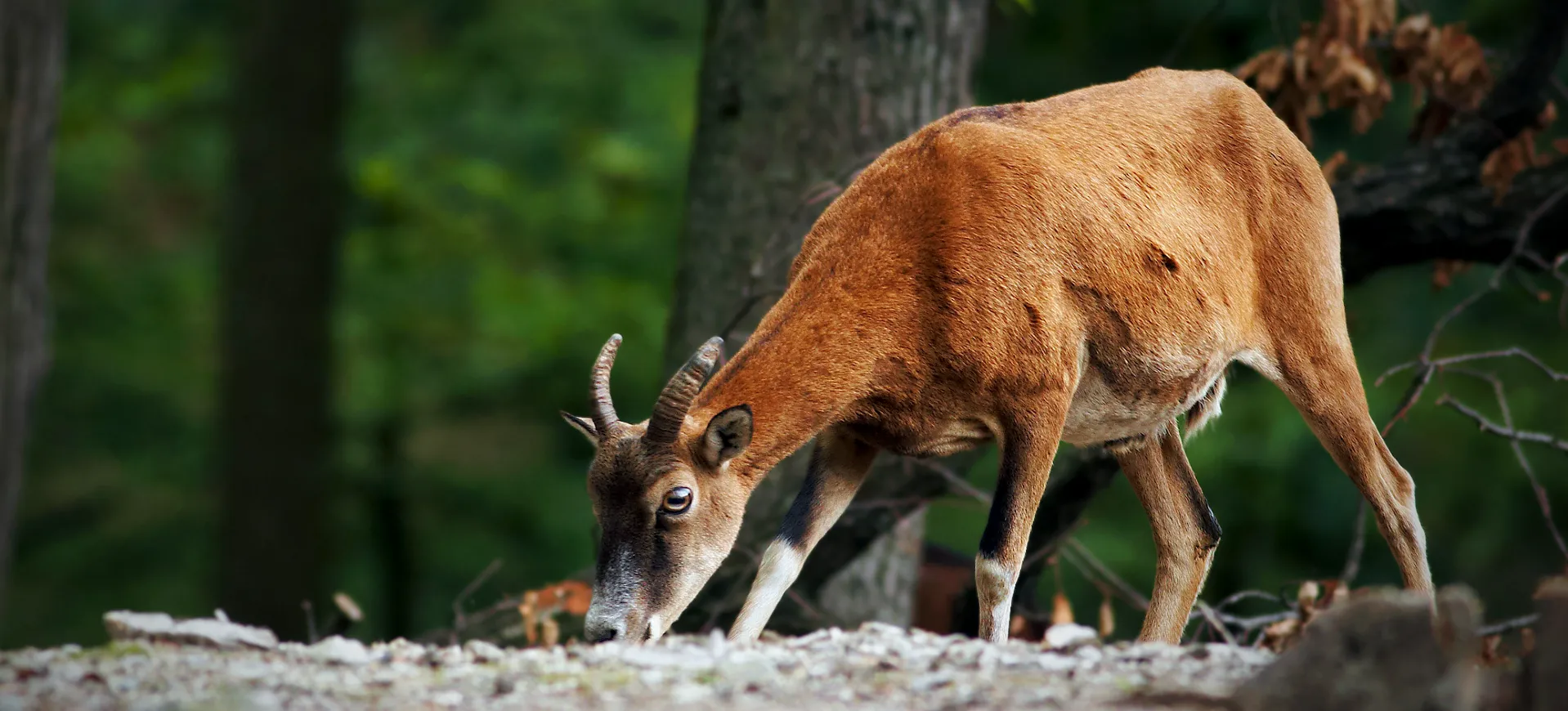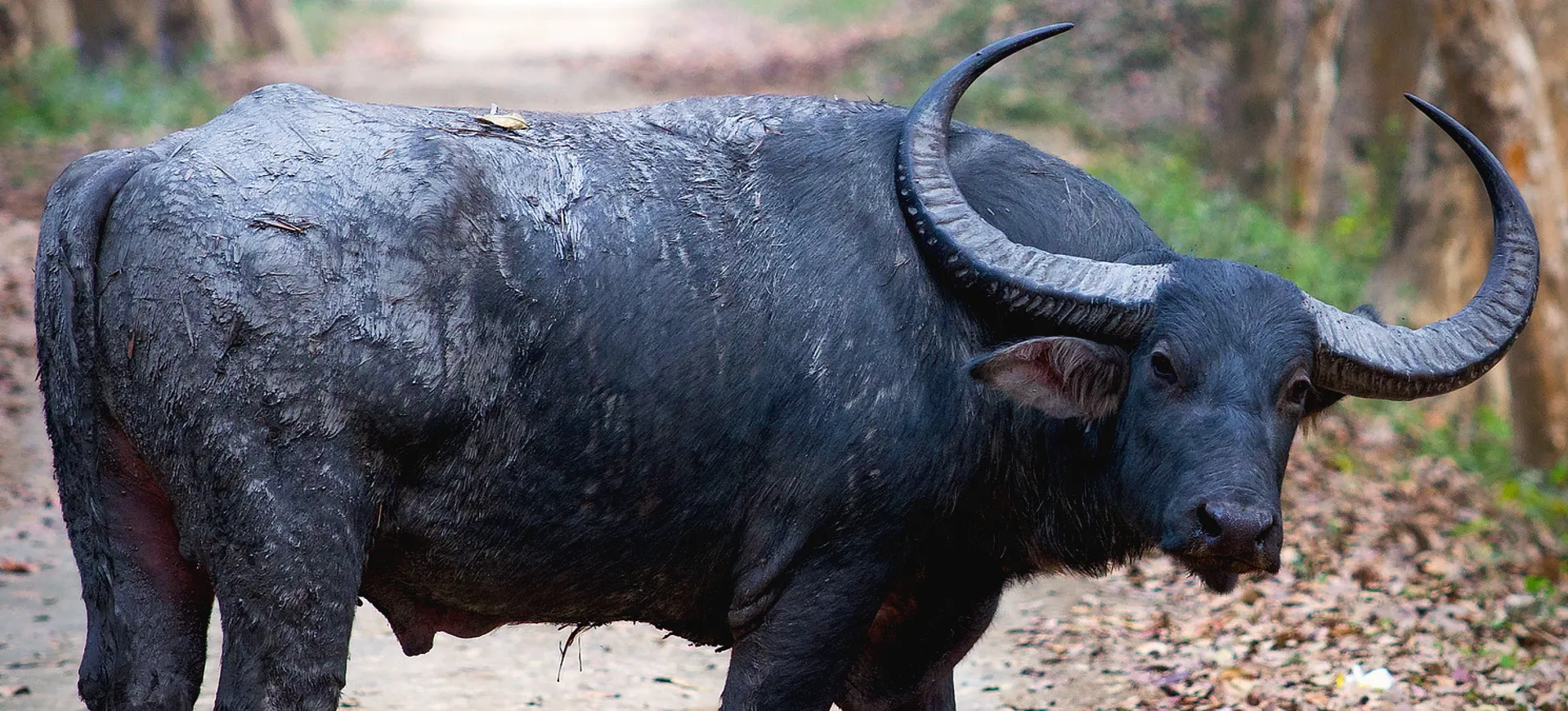Overview
The Nigerian Dwarf Goat is a miniature dairy goat from West Africa and has been selectively bred for various qualities. It has become a popular breed in the United States and other countries due to its small size, gentle nature, and high butterfat content in its milk. The breed is known for its variety of colors and patterns and is highly prized for its appearance and personality.
Nigerian Dwarf Goats are well-adapted to various climates, thrive in different environmental conditions, and are often kept as pets and dairy animals. Their size makes them easy to manage, and they’re known for their social and friendly temperament, making them great companions. They are considered intelligent animals, often used in 4-H projects for children, where they teach responsibility and animal husbandry skills.
Despite their small stature, Nigerian Dwarf Goats are productive milkers and are highly valued for this trait. They produce milk high in butterfat, giving it a rich and creamy taste that many dairy consumers prefer. Many people raise these goats for milk production and showing in livestock competitions, making them a versatile and beloved addition to commercial and hobby farms.
Taxonomy
Kingdom
Phylum
Class
Order
Family
Genus
Species
Type
RANGE
Current distribution:
Nigerian Dwarf Goats are primarily domesticated, and wild populations are not recognized, making them unique to human care and breeding programs. They are found in numerous countries worldwide, predominantly in private ownership, agricultural settings, and petting zoos. Their presence across different cultures and landscapes attests to their versatility and appeal as productive and companion animals.
Their small size and adaptability make them suitable for various climates and environments, from cold regions to tropical areas. Conservation and responsible breeding practices are essential to maintain the integrity and health of the breed, ensuring that they continue to thrive. These measures help preserve the breed's characteristics and prevent potential health issues, thereby sustaining the Nigerian Dwarf Goat's popularity and value.
Physical Description:
Nigerian Dwarf Goats are small but well-proportioned, reflecting a balanced, aesthetically pleasing appearance. Their coats are in various colors and patterns, including black, white, cream, and gold, adding to their visual appeal. They have soft, straight, medium-length hair, a gentle, expressive face, and prominent eyes, which give them a charming appearance.
Both males and females exhibit horns, a characteristic often associated with goats, although many breeders choose to disbud them at a young age to prevent injury. Removing horns is common, but some owners prefer to leave them intact. Their bodies are robust, and despite their small size, they are sturdy and strong, capable of producing a generous amount of milk relative to their size, demonstrating their efficiency as dairy animals.

Lifespan: Wild: ~10 Years || Captivity: ~18 Years

Weight: Male: 60 lbs (27 kg) || Female: 50 lbs (23 kg)

Length: Male: 30 inches (76 cm) || Female: 28 inches (71 cm)

Height: Male: 23.5 inches (60 cm) || Female: 22.5 inches (57 cm)

Top Speed: 15 mph (24 km/h)
Characteristic:
Native Habitat:
Nigerian Dwarf Goats are highly adaptable and thrive in various environments, from temperate to tropical climates. They are a domesticated breed originally found in the western regions of Africa, where they were raised for their milk and meat. Their adaptability has contributed to their popularity in various parts of the world, as they can adjust to different weather conditions and habitats.
They were brought to the United States and other countries for agricultural and pet purposes, quickly gaining favor for their small size and pleasant temperament. This breed has become common in large-scale farming operations and smaller homesteads. They are comfortable in rural and urban settings, displaying flexibility that makes them suitable for different living arrangements.
Climate Zones:
Biomes:
Biogeographical Realms:
Continents:
Countries:
Diet:
Diet & Feeding Habits:
Nigerian Dwarf Goats are ruminants and primarily consume a diet of grains, hay, fresh vegetables, and fruits, which provides them with essential nutrients. They require access to quality pasture or hay, fresh water, and a well-balanced diet to maintain optimal health and milk production. Ensuring a proper balance of these components in their diet is vital for their overall well-being and productivity.
Supplementation with vitamins and minerals is often necessary for domestic goats, including Nigerian Dwarf Goats, to ensure a balanced diet. It fills in nutritional gaps and aids in maintaining good health, especially when quality pasture is unavailable. Care should be taken with feeding to avoid obesity, as the breed can be prone to overeating, and an appropriate feeding regimen must be observed.
Mating Behavior:
Mating Description:
Nigerian Dwarf Goats are seasonal breeders, although they can breed year-round, offering flexibility in planning for reproduction. They reach sexual maturity young, and breeding can occur as early as seven months for females, allowing for relatively rapid herd expansion. This characteristic makes them appealing to breeders and contributes to their widespread utilization in various agricultural settings.
Males are known for their strong and sometimes offensive odor during the breeding season, a common trait in many goat species. The doe’s heat cycle lasts about one to three days, and the mating process is typically quick and abrupt, demanding careful observation. Careful planning and timing are essential for successful breeding, as proper management ensures healthy offspring and maintains the overall well-being of the herd.
Reproduction Season:
Birth Type:
Pregnancy Duration:
Female Name:
Male Name:
Baby Name:
Social Structure Description:
Nigerian Dwarf Goats are highly social animals that prefer to live in groups, enjoying the companionship and interaction that communal living provides. They form strong bonds with other goats, creating intricate social dynamics that enhance their well-being. If left alone, they can become distressed, signaling the importance of social connections for their overall health and happiness.
The social hierarchy within a herd is established through mild aggression and play, creating order and understanding among the individuals. They communicate through vocalizations, body language, and physical contact, each aspect playing a role in expressing emotions, intentions, and needs. A herd usually consists of does and their offspring, with bucks kept separately except during breeding, reflecting the gender dynamics common to many ungulate species.
Groups:
Conservation Status:
Population Trend:
Nigerian Dwarf Goats are a popular breed in many countries, and their population in captivity is considered stable, reflecting their success in various roles. They are often bred for dairy purposes, show, and as pets, contributing to their widespread appeal. Their small size, friendly nature, and adaptability make them an excellent choice for diverse agricultural and domestic settings.
Responsible breeding practices are crucial for maintaining the health and integrity of the breed, ensuring that they continue to thrive in various environments. The demand for these small, friendly goats continues to grow, reflecting an increased interest in sustainable farming and local food production. They are common on small farms and homesteads, playing a vital role in traditional and modern agricultural practices.
Population Threats:
While not threatened, Nigerian Dwarf Goats can face improper care, nutrition, and overbreeding issues, compromising their overall well-being. Health problems such as parasite infestations, obesity, and metabolic diseases can affect the population if not managed correctly, requiring attentive care and understanding of their needs. Awareness of these potential health issues is vital for breeders and keepers, who must provide appropriate veterinary care, diet, and living conditions.
The breed’s popularity can lead to unscrupulous breeding practices, risking introducing genetic diseases and weaknesses into the population. Such irresponsible practices can diminish the qualities that make the breed desirable and lead to long-term health issues. Education and responsible breeding and care are essential to minimize these threats, maintaining the integrity, health, and viability of Nigerian Dwarf Goats as a valuable and beloved breed.
Conservation Efforts:
As a domesticated breed, Nigerian Dwarf Goats do not require conservation in the wild, but they do demand attention to proper management and welfare. Responsible breeding practices and proper care are necessary to maintain the health and integrity of the breed, ensuring that their unique characteristics and positive attributes are preserved. Through proper management, breeders can contribute to the breed’s continued popularity and success in various agricultural and domestic roles.
Breed clubs and associations work to promote the breed, provide education, and ensure that breeding practices adhere to recognized standards, enhancing the breed’s reputation and sustainability. Many owners also participate in community education and outreach to promote responsible ownership, sharing knowledge and insights that help others in their care and appreciation of Nigerian Dwarf Goats. These collective efforts help maintain the breed’s positive standing and encourage responsible practices among those who raise and enjoy them.
Additional Resources:
Fun Facts
- They are one of the smallest goat breeds.
- Despite their size, they are excellent milk producers.
- Nigerian Dwarf Goat milk has about 6-10% butterfat.
- They can be trained and are often used in petting zoos.
- They are friendly and good with children.
- Their small size makes them suitable for urban farming.
- They can breed year-round.
- They are known for their vocalizations, especially when hungry.
- They can adapt to various climates and environments.
- Each doe can produce up to 2 quarts of milk per day.
















































































